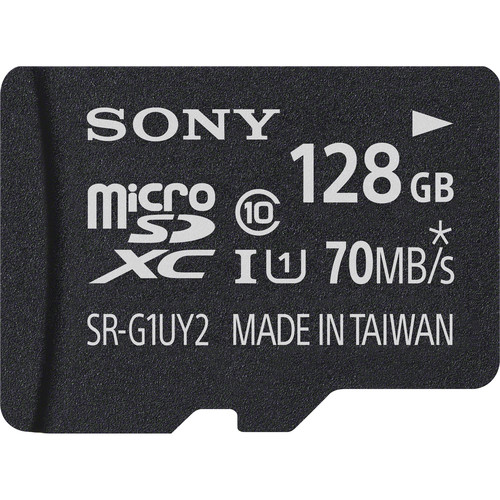

- SDXC CARD WINDOWS 7 SEMAPHOR PORTABLE
- SDXC CARD WINDOWS 7 SEMAPHOR ANDROID
- SDXC CARD WINDOWS 7 SEMAPHOR PC
- SDXC CARD WINDOWS 7 SEMAPHOR MAC
My luck soon ran out when the card wasn’t detected by my Slider (again), but this time it was much worse than my two previous attempts. Luckily for me, the card didn’t disconnect itself. So I format it to FAT32, and copy the data once again.
SDXC CARD WINDOWS 7 SEMAPHOR PORTABLE
This is unexpected, because the Slider can mount 2.5" portable external hard drives formatted to NTFS. I could copy data to it, but it wasn’t detected by my ASUS Slider. So I had no choice but to format it again, but this time to NTFS. I couldn’t rename, delete, move or copy any files on the card. The card didn’t disconnect itself, so I tried to copy more data onto it.īut the second time I connected it to my computer, it suddenly switched to read-only mode. I then copied about 30GB of data to it, all seems well. To my surprise, my second device, the ASUS Eee Pad Slider, could mount and read the 64GB exFAT card. The second card I didn’t risk formatting to FAT32. I have tried multiple readers, multiple computers and multiple OSes, all of them yielded the same “Automatic Unmount Syndrome”. The card disconnects itself whenever I try to format it or copy files onto it. Windows said that it was unable to complete the format.

The card still showed up on my computer, so I tried to format again. My phone would say “Preparing SD Card…”, then it would disappear very soon after. The first card died immediately when I inserted it into my Samsung Galaxy S2. Knowing exFAT doesn’t work on either of my mobile devices, I then proceeded to format one of my cards to FAT32 so it would actually mount in my devices. They only work on a select few, namely those with unlicensed exFAT support such as the Samsung Galaxy S3, Note 2, Note 10.1 and various others.
SDXC CARD WINDOWS 7 SEMAPHOR ANDROID
Misleadingly enough, SanDisk’s 64GB “Mobile Ultra” MicroSDs don’t actually work on any Android device. Initially all was fine with the cards they both mounted properly, were formatted using exFAT by default and showed a 59.46GB capacity. This streak was broken when I intended to purchase one for my phone and one for my tablet.

I have a 64MB (yes, megabytes), two 2GB, a 4GB, 8GB, 16GB and a 32GB MicroSD card, all of which perform very reliably. In fact, I’ve only ever used SanDisk MicroSDs. I find SanDisk to be a very reputable brand - I haven’t had any problems before with USB flash drives and other MicroSD cards. I bought two SanDisk Mobile Ultra 64GB USH-I cards. USB SD card reader for USB2.0, USB3.0, USB3.1 and USB-CĪlways confirm that the device is compatible with the SD, SDHC or SDXC memory card before formatting.How stupid of me.The following interface devices can be used to access SD/SDHC/SDXC memory cards:
SDXC CARD WINDOWS 7 SEMAPHOR MAC
Notice: Administrator rights is required for Windows and Mac OS/macOS to execute SD Memory Card Formatter. Format the SD/SDHC/SDXC card after it has been unlocked. The SD Memory Card Formatter doesn't support SD/SDHC/SDXC card encrypted by the 'BitLocker To Go' functionality of Windows.
SDXC CARD WINDOWS 7 SEMAPHOR PC
The protected area shall be formatted by an appropriate PC application or SD host devices that provide SD security function. The SD Memory Card Formatter does not format the protected area in the SD/SDHC/SDXC cards. SD/SDHC/SDXC cards have a 'Protected Area' for SD card security purposes. In general, formatting tools provided with OSs can format various storage media including SD/SDHC/SDXC cards, but it may not be optimized for SD/SDHC/SDXC cards and it may result in lower performance. It is recommended to use the SD Memory Card Formatter to format SD/SDHC/SDXC cards rather than using formatting tools provided with individual OSs. The SD Memory Card Formatter formats SD, SDHC, and SDXC memory card (respectively SD/SDHC/SDXC cards) complying with the SD File System Specification.


 0 kommentar(er)
0 kommentar(er)
